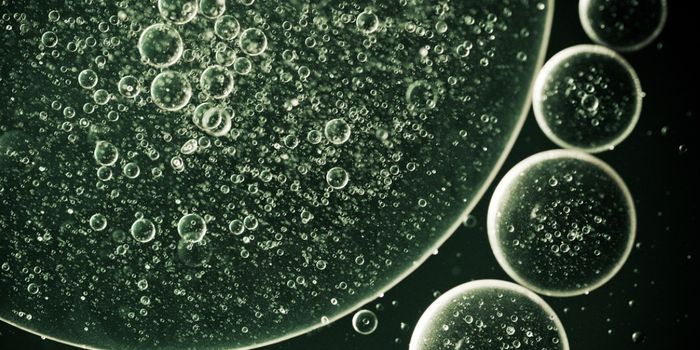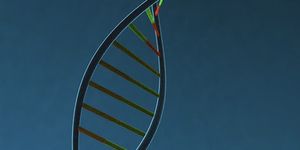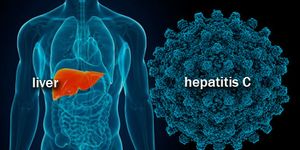Finding may Reveal a Fundamental Cellular Behavior
There are millions of molecules floating around cells and scientists have long wondered how they organize into structures and go where they need to. In 2008, researchers at the Marine Biological Laboratory (MBL) found that phase separation might be a critical part of that process. Just like oil and water don’t mix, it was proposed as a way of creating order from chaos. New work has shown that there are also criteria for deciding which molecules end up in the same place together - as they condense into droplets.
Distinct protein droplets form with different RNAs
This study, which was reported in Science, indicates that the 3D conformation of RNA molecules impacts which ones gather in the same droplet. This work was completed over five years of summer work by the senior author, Amy S. Gladfelter of University of North Carolina, Chapel Hill, as part of the HHMI/HCIA Summer Institute at the MBL.
This theory is still generating controversy. It could open up new avenues of thinking about disease, however; the research has shown that in some diseases, these liquid droplets in cells solidify. It may help explain a phenomenon scientists have been observing in many different cell types, as RNA and proteins condense into these droplets.
"RNA molecules will end up in different droplets if their secondary (3D) structures are shielding any complementarity. But with the RNAs that condense into the same droplet, their complementary sequences are really exposed, so they can find each other and base pair to make a higher-order interaction," Gladfelter explained.
In fungal cells, Gladfelter and colleagues found that the 3D structure of RNAs enables them to bind together by base-pairing, or can prevent them from doing so. This selectivity could reveal what underlies the creation of protein-RNA condensates. These droplets may be hubs that help stimulate reactions in the cell, or keep certain molecules out of the way when necessary.
Previous work by Gladfelter has shown that fungal cells use liquid-liquid separation so two different biological processes can proceed. "But we need more examples of where it really matters for cell function," Gladfelter added. It will be important to demonstrate "that this is not just something that proteins and RNAs can do, but that nature has selected for it," she noted.
Protein-RNA droplets dynamically fuse and move around the cytoplasm of the multinucleate fungus, Ashbya gossypii
It may also provide insight into disease states that involve aberrant protein behavior, like prion disorders, ALS, Alzheimer's, Huntington’s and Parkinson's diseases. This study "helps us understand how the right components get recruited to droplets so cells can potentially avoid this transition to an aberrant, solid state,” said Gladfelter.
"This is one of many examples in which perceptive MBL students and faculty made a significant contribution to biological research. And, importantly, the initial observation was intensively followed up through an innovative, multidisciplinary collaboration, the HHMI/HCIA Summer Institute at MBL. These are the kinds of synergies that generate extraordinary science at MBL," concluded David Mark Welch, MBL's Interim Director of Research.
Sources: AAAS/Eurekalert! Via MBL, Science








